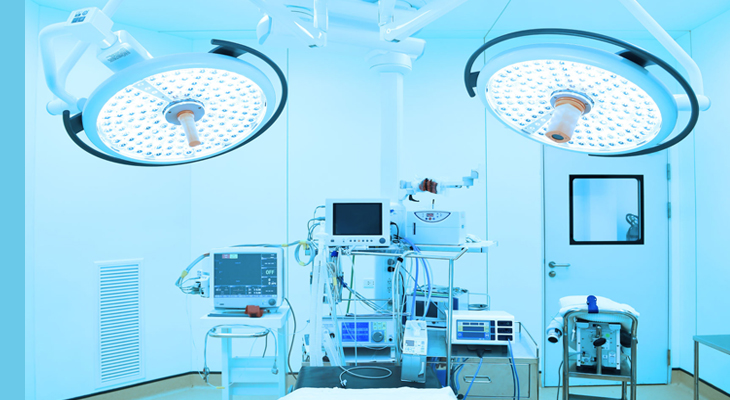Do You Need A Nebulizer Mask Or Mouthpiece?
Nebulizer medications are used for a variety of breathing issues such as asthma, COPD, and even to help restore breathing function after illnesses like the flu. But when it comes to a device, what’s better to use between the nebulizer mask or mouthpiece? This article explains some of the differences between a mask and a mouthpiece as well as how to clean some of those parts.
Should You Use a Nebulizer Mask or Mouthpiece?
A new nebulizer user may not know how to take their medication. Nebulizer treatments are delivered via a mask or a mouthpiece. For most people, the choice between the two boils down to personal preference but begins with talking to a doctor. Nebulizer medications turn into vapor while inside the nebulizer’s well. Once vaporized, the medicine flows from the mask or mouthpiece into a person’s nose and or mouth. Typically, masks are used when people cannot hold up the mouthpiece well. This group includes children and people who cannot breathe in deeply through their mouths.


Nebulizers are designed to deliver a continuous supply of medication as long as they are operating. A constant supply means that every time a person breathes in, they’re inhaling the nebulizer treatment.
Nebulizer masks are particularly useful when it comes to giving medicines to children who may not be able to use the mouthpiece properly. Many people continue to use their masks even if they do not technically need them because the mask allows them to keep their hands free during treatment. The nebulizer mask has an adjustable strap that can go around their head to secure the mask to their face. When selecting a mask, it should “seal” snugly around the face. A proper seal will fit securely and comfortably around the nose and mouth with the bottom resting at the chin. There shouldn’t be any gaps as they could allow the medicine to escape. For people who are uncomfortable using the mask, a mouthpiece can be used instead. The mouthpiece attaches to the nebulizer well in the same manner as the mask does. Mouthpieces are suitable for people who feel uncomfortable with the mask or prefer that specific delivery method.
Advantages and Disadvantages of Each Treatment
Masks have a few drawbacks when compared to the nebulizer mouthpiece. The major one is that a mask takes up the whole of a person’s face, impeding the field of vision. Some people also find the mask uncomfortable compared to the mouthpiece. There are some face sizes and shapes that do not allow a perfect seal. Without a good seal around the face, some medicine may escape.
Nebulizer mouthpieces are an excellent option for people who dislike wearing the mask and have no issues holding the well in their hands. The nebulizer mouthpiece requires a person to breathe deeply through their mouth and out through their nose. Breathing this way ensures the medication gets as far into the bronchial tubes as possible.
Drawbacks of using the mouthpiece include remembering to inhale through the mouth and exhale through the nose. Plus, because of continuous delivery, anytime you remove the mouthpiece to wipe your mouth or take a drink, medication will continue to be delivered. However, on the other hand, the mouthpiece is easier for many people to clean. Because the mouthpieces are made of a firmer plastic, they also may last longer than masks do.
Cleaning Nebulizer Parts
Cleaning nebulizer parts is easy and can be done with vinegar and hot, sterile water. In a clean glass bowl or container, place the cleanable parts at the bottom. Then bring distilled or sterilized water to a boil. Add 2 parts water and 1 part vinegar into the bowl, then stir, and leave the parts to soak until the water reaches a temperature that is safe to touch. Remove the parts and set them to dry on a clean towel.
Check the filters according to the nebulizer’s manufacturers’ recommendations. Typically, people can buy packs of filters that are covered by insurance. When preparing to purchase nebulizer parts and other equipment, people should contact their insurance company first. There are some cases when most or even all the expenses of nebulizer parts can be covered by insurance. Regardless of a patient’s choice between a mask or a mouthpiece, getting proper advice from a medical professional is a must. They will be able to walk the patient through where to source their equipment, what information to give their insurance company, and what delivery method works best for them. Writer’s Bio: Kas Roth is a freelance writer who has worked directly with medical devices for more than a decade as a biomedical technician. She now works with large and small clients in a wide range of industries.
Information provided on the Aeroflow Healthcare blog is not intended as a substitute to medical advice or care. Aeroflow Healthcare recommends consulting a doctor if you are experiencing medical issues or concerns.






